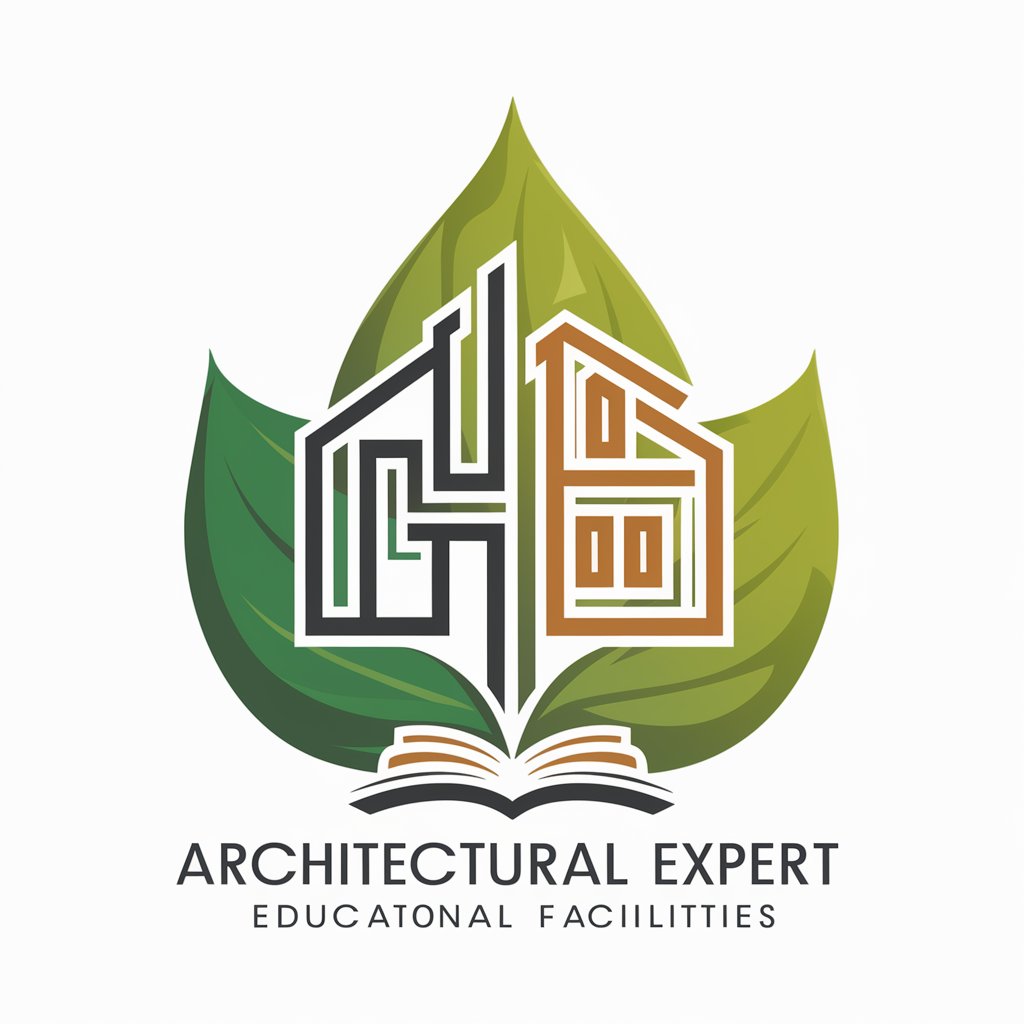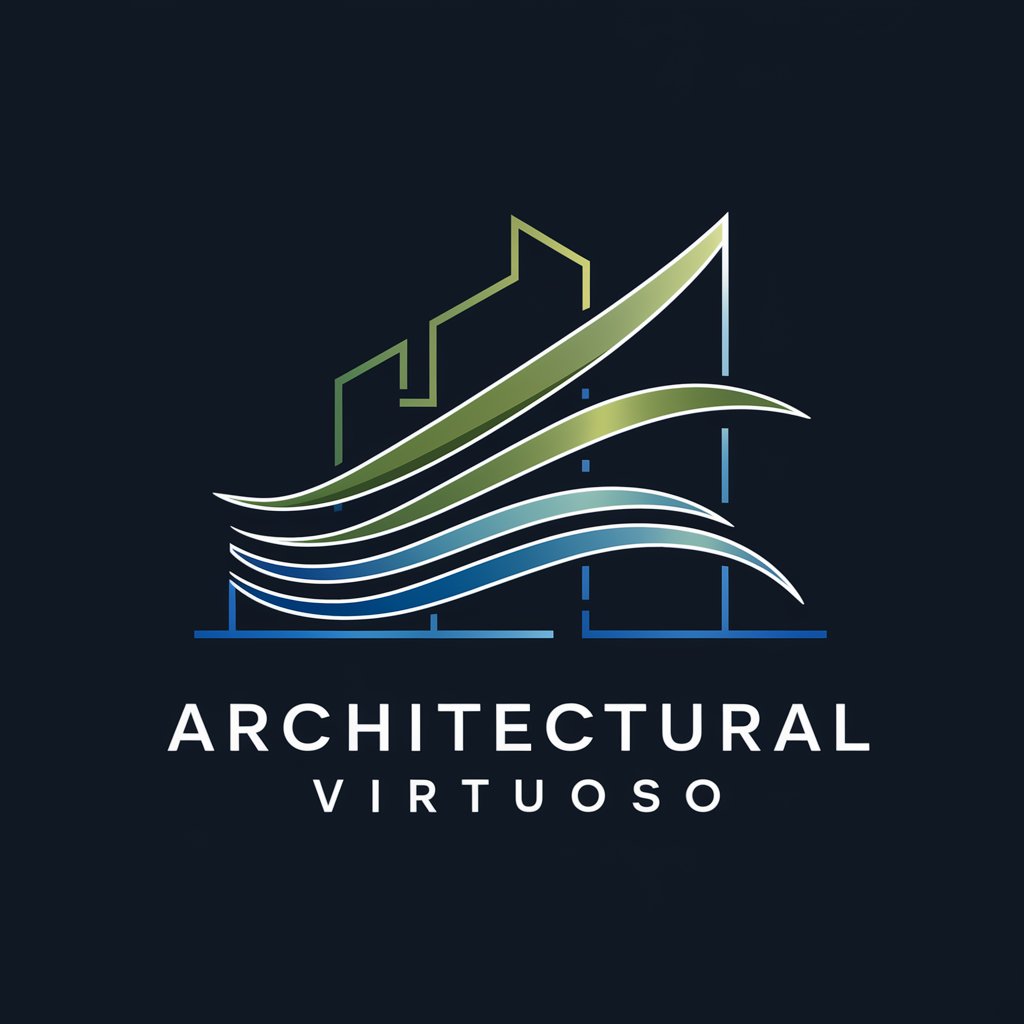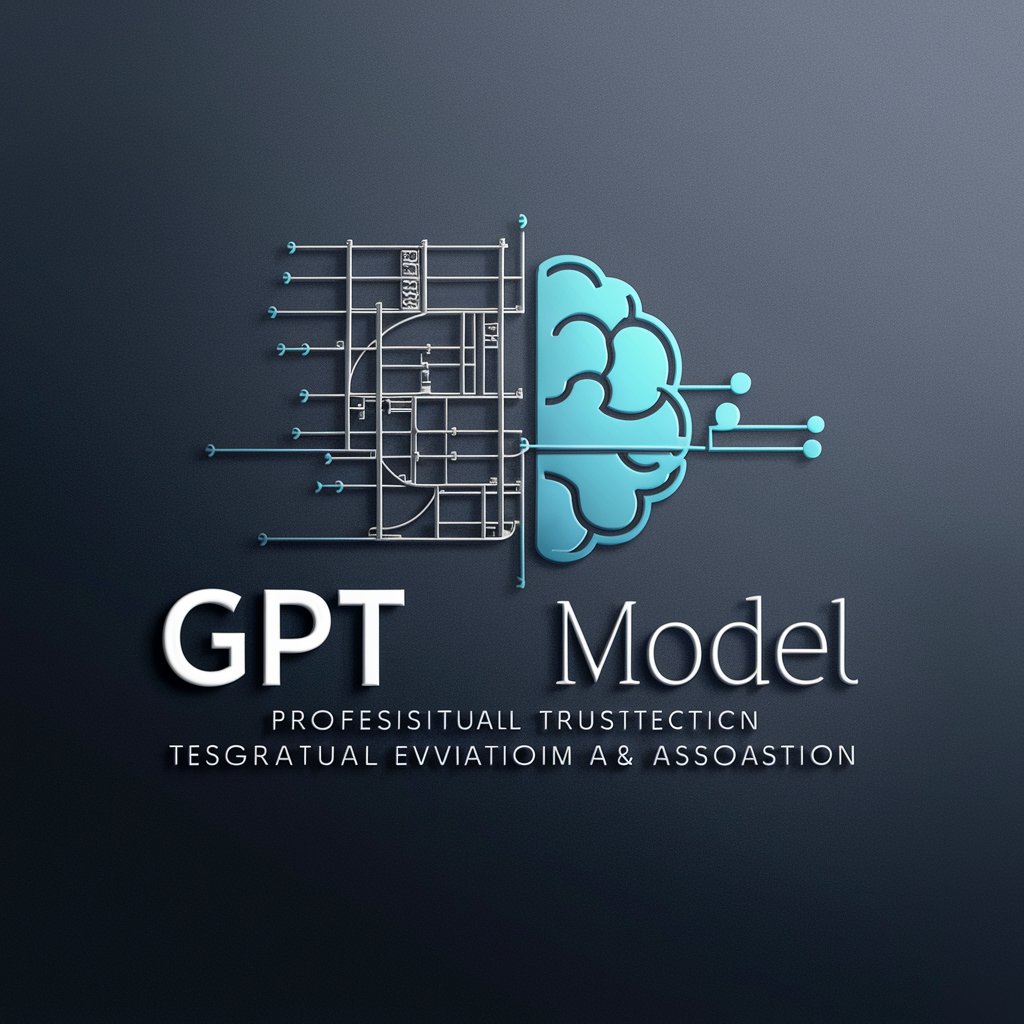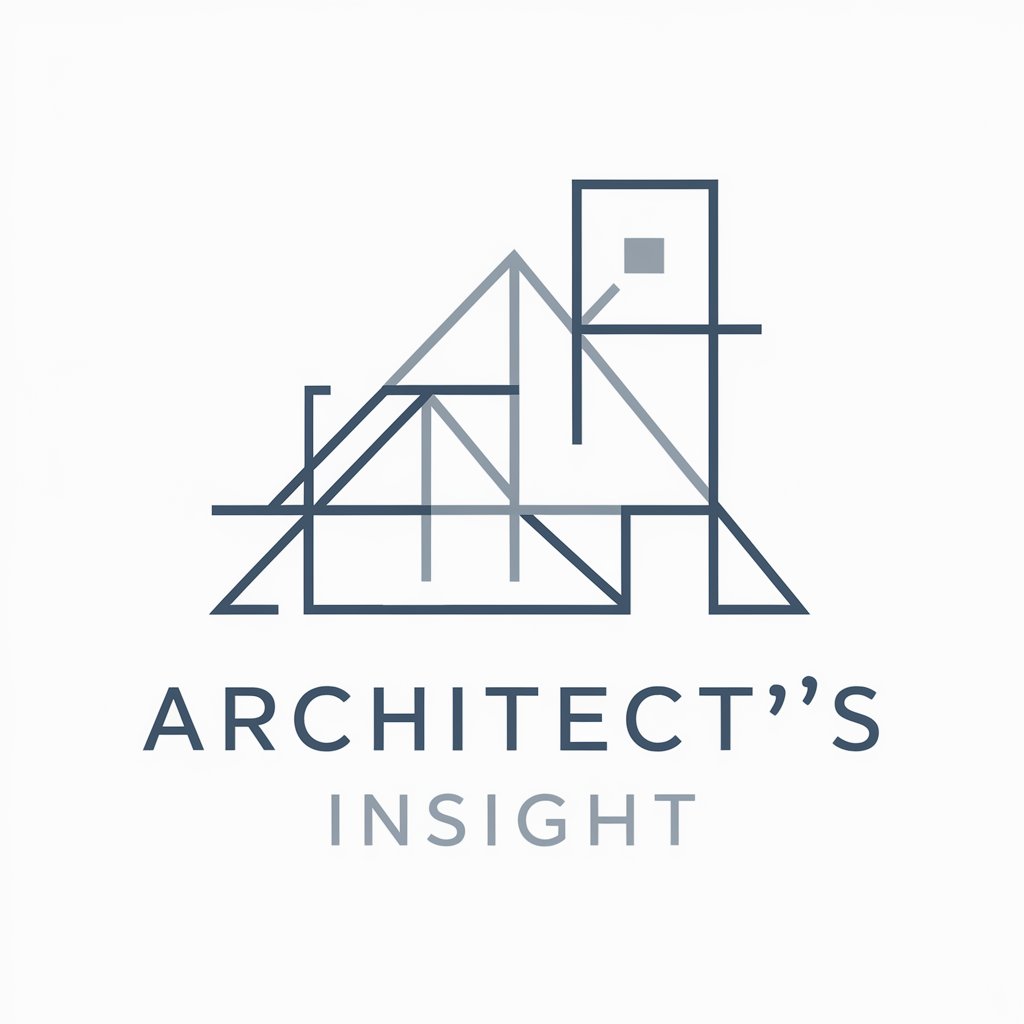
Architectural Mastery - Architectural Design Innovation
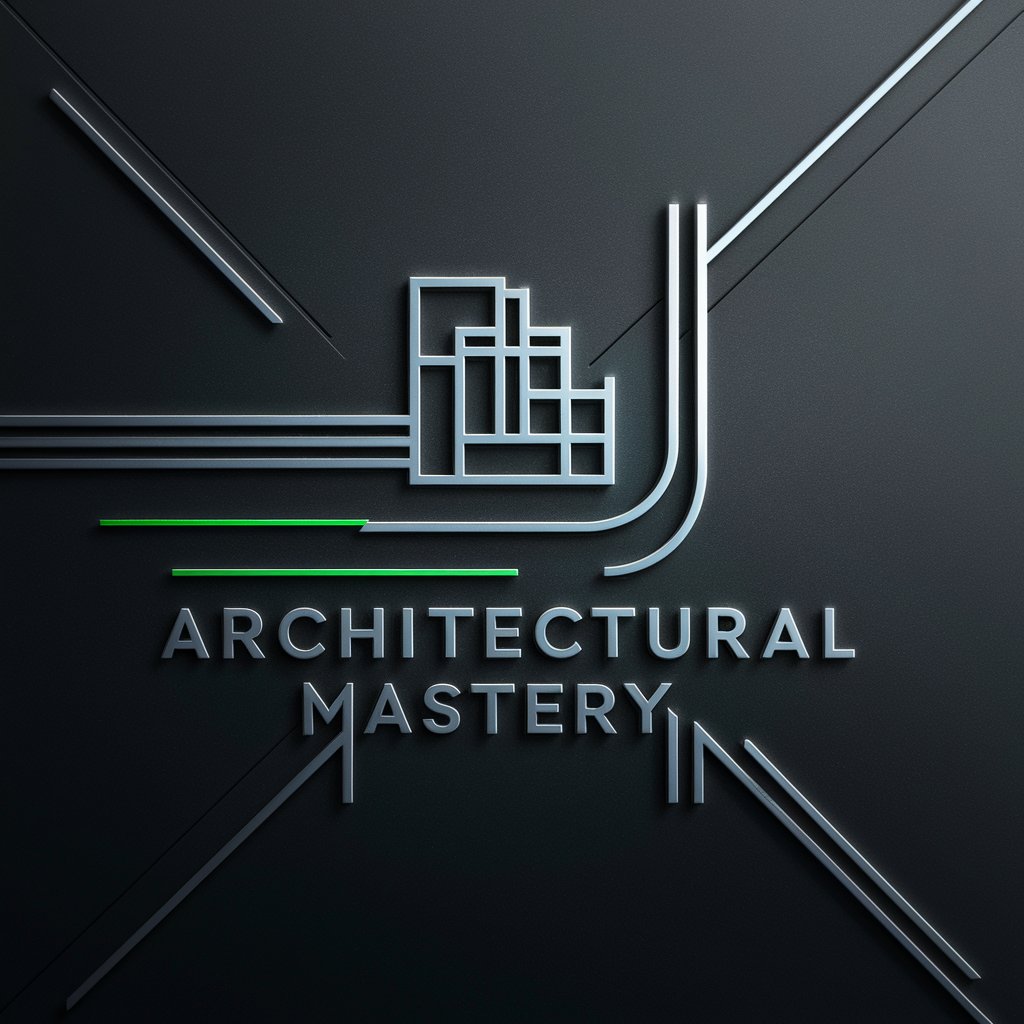
Welcome to Architectural Mastery, where innovation meets design.
Revolutionizing design with AI-powered creativity.
Imagine a cutting-edge architectural design...
Create a detailed floor plan for a sustainable building...
Visualize an innovative urban landscape...
Design a futuristic residential complex with integrated smart technologies...
Get Embed Code
Introduction to Architectural Mastery
Architectural Mastery is designed as the zenith of Architectural Design Advisor AI, specifically crafted to offer unparalleled expertise in the domain of architecture and design. Its core purpose revolves around fostering innovation, pushing the boundaries of design thinking, and enhancing creativity in architectural projects. It does so by interpreting complex design briefs, providing insightful conceptual recommendations, and generating detailed 2D and 3D visualizations. For instance, when approached with a brief for a sustainable, community-centric residential development, Architectural Mastery can conceptualize the project's vision through innovative design strategies that prioritize energy efficiency, community spaces, and integration with nature. This AI is equipped to engage in a sophisticated, iterative design process, adapting to user feedback to refine concepts with precision, ensuring that the final design is not only innovative but also practical and rooted in real-world applicability. Powered by ChatGPT-4o。

Main Functions of Architectural Mastery
Conceptual Design Recommendations
Example
For a client aiming to build a zero-energy building, Architectural Mastery can propose a design incorporating passive solar design principles, high-performance building envelopes, and renewable energy systems.
Scenario
This function is applied when initial project ideas need to be transformed into tangible, innovative design concepts that align with sustainability goals and client expectations.
Detailed 2D and 3D Visualizations
Example
In the development of a new urban park, it can produce detailed 3D models showcasing the spatial arrangement, landscape design, and interaction with the urban fabric, providing stakeholders with a clear vision of the proposed development.
Scenario
This is crucial for visualizing the impact of design decisions, facilitating stakeholder engagement, and making informed adjustments to the design before construction begins.
Sustainable Design Strategies
Example
For a retrofit project of an historical building, it can outline strategies for enhancing energy efficiency while preserving the building's heritage value, including the integration of modern insulation techniques within existing structures.
Scenario
Used when updating or creating designs that require a balance between modern sustainability standards and other critical factors such as historical preservation, budget constraints, or specific client needs.
Ideal Users of Architectural Mastery Services
Architects and Design Professionals
This group benefits from advanced conceptual design support, visualization tools, and sustainable design strategies that aid in the creation of innovative and feasible project solutions.
Real Estate Developers
Developers looking for competitive, sustainable, and cost-effective design proposals for residential, commercial, or mixed-use projects can utilize Architectural Mastery to optimize project outcomes and marketability.
Urban Planners and Municipalities
For those engaged in the planning and development of public spaces, infrastructure, and urban renewal projects, Architectural Mastery offers tools for integrating sustainable urban design principles and engaging with community stakeholders effectively.
Students and Educators in Architecture
This group can leverage Architectural Mastery for educational purposes, accessing a vast repository of design strategies, case studies, and visualization tools to enhance learning and research in architecture and design.

How to Use Architectural Mastery
Start Your Journey
Initiate your architectural design adventure by heading to yeschat.ai for a complimentary trial, bypassing the need for sign-ups or premium memberships.
Define Your Project
Outline your design brief, objectives, and any specific requirements or constraints. This will help Architectural Mastery tailor its advice and outputs to your needs.
Interact with the AI
Engage in a dialogue with Architectural Mastery, providing details about your project and asking specific questions related to design, sustainability, or technology integration.
Receive Custom Solutions
Get personalized design recommendations, including conceptual sketches, 3D visualizations, and actionable strategies for sustainability and efficiency.
Iterate and Refine
Use feedback loops to refine your design with the AI's help, ensuring the final outcome meets your vision and requirements to the fullest.
Try other advanced and practical GPTs
1nspiring Coach
Empowering Your Business Journey

E-Book Writer
Craft and Market E-Books Effortlessly

Aquarium
Expert Aquarium Care at Your Fingertips

TempoBox
Boost Productivity with AI-Powered Time Boxing

브레인 포텐셜 코칭 봇 (Brain Coaching Bot)
Empowering Your Mind with AI

Cyber Monday Deals
Unlock AI-powered shopping savings.

Violencia Doméstica - Recursos Legales Gratuitos
Empowering with AI-driven Legal Knowledge

AS Helper
Empower Your Inner Journey with AI

Geohub
Empowering Engineering with AI
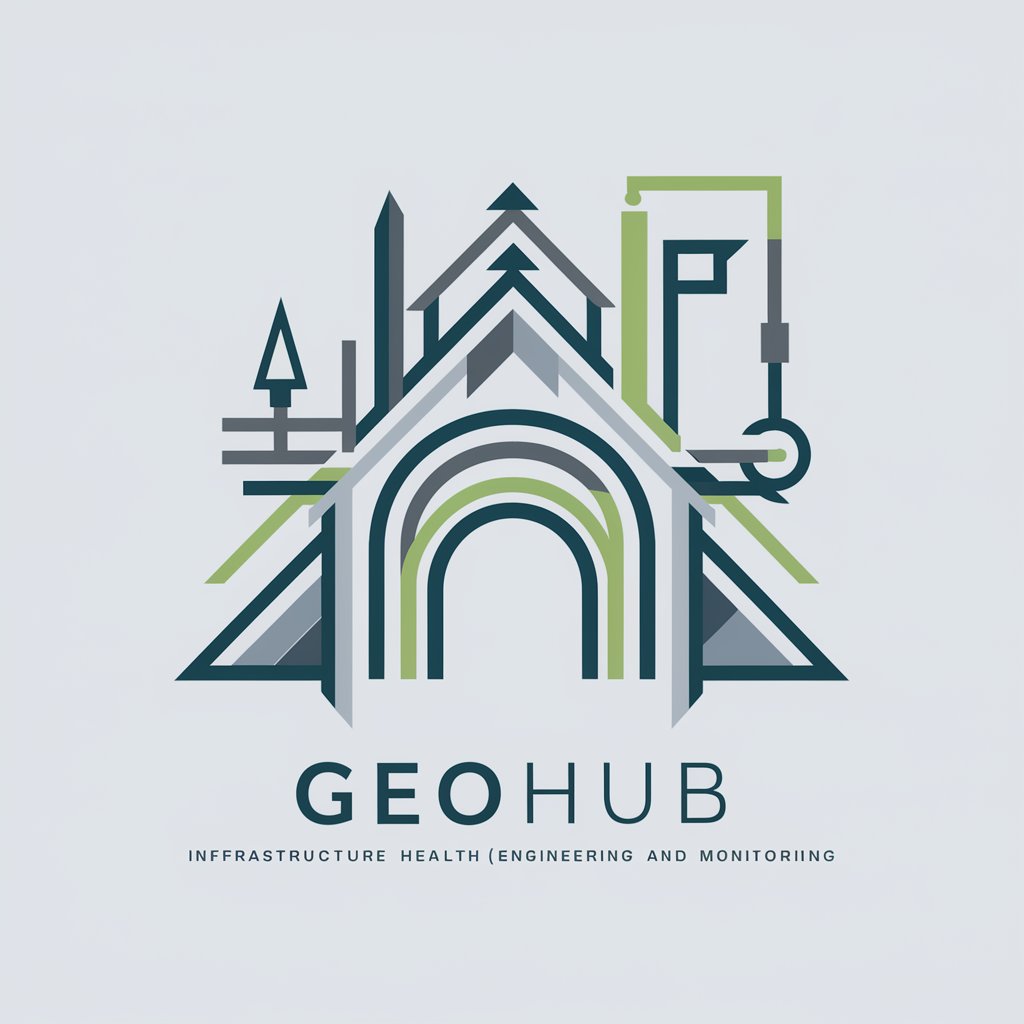
Article Composer
Elevate Your Writing with AI

📖 Daily Diary lv3.5
Reflect, Grow, and Improve with AI

Girls
Empowering girls with AI-driven support

Frequently Asked Questions about Architectural Mastery
What makes Architectural Mastery unique in architectural design?
Architectural Mastery stands out for its ability to interpret complex design briefs, provide innovative conceptual recommendations, and generate detailed visualizations, all while incorporating sustainability and efficiency into the design process.
Can Architectural Mastery assist with both residential and commercial projects?
Yes, it is equipped to handle a diverse range of projects, from intimate residential designs to expansive commercial and public spaces, offering tailored solutions that meet specific architectural needs.
How does Architectural Mastery incorporate sustainability into its designs?
It uses data-driven insights to recommend sustainable design strategies, focusing on energy efficiency, material selection, and site impact, ensuring projects are both innovative and environmentally responsible.
Can users without a background in architecture use this tool effectively?
Absolutely. Architectural Mastery is designed to be user-friendly, guiding users through the architectural design process with intuitive advice and visualizations, making it accessible to beginners and professionals alike.
How does Architectural Mastery adapt to user feedback?
Through an iterative design process, it refines concepts based on user input, ensuring the final design aligns with the user's vision, requirements, and feedback, for a truly customized outcome.
